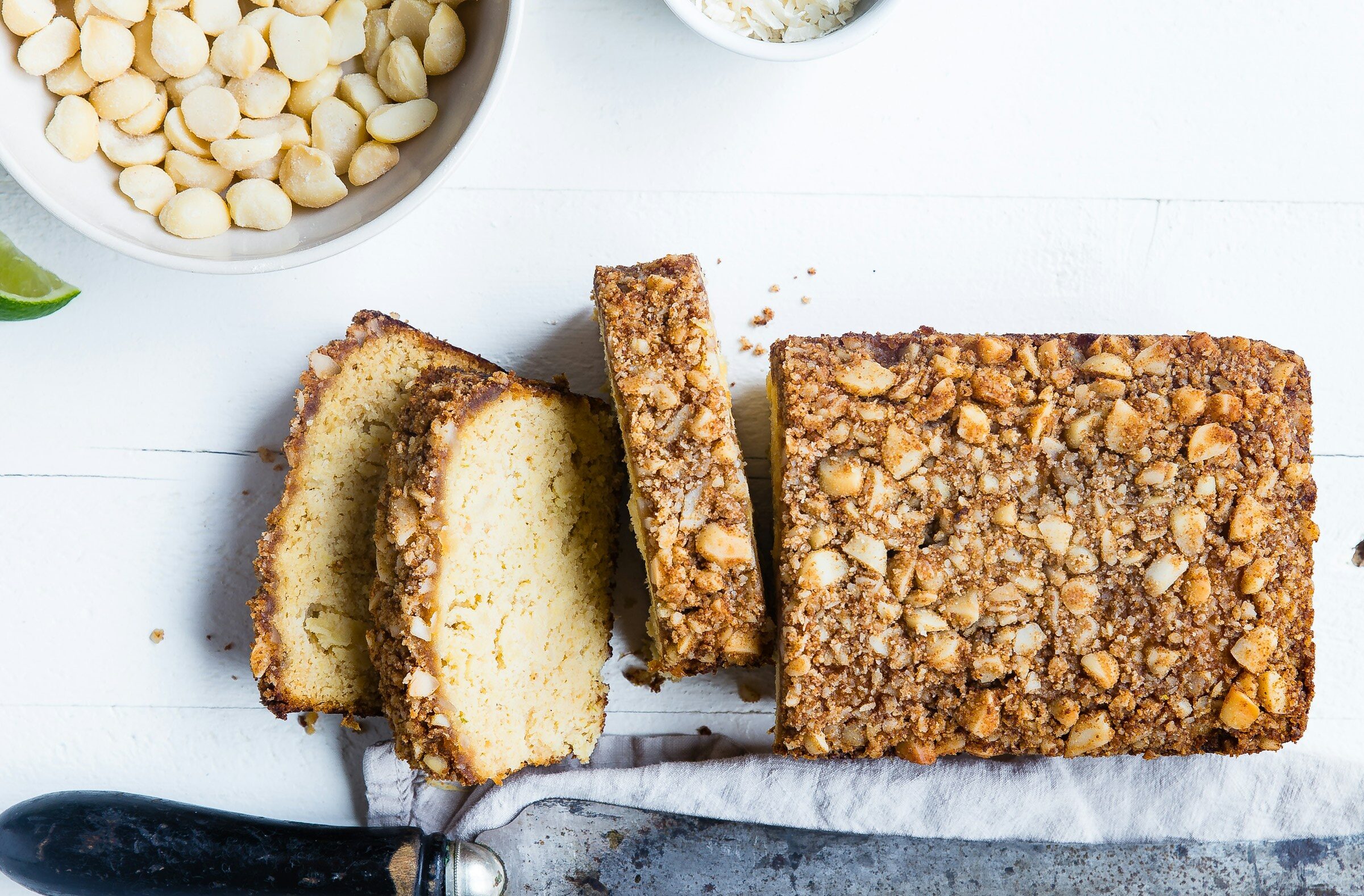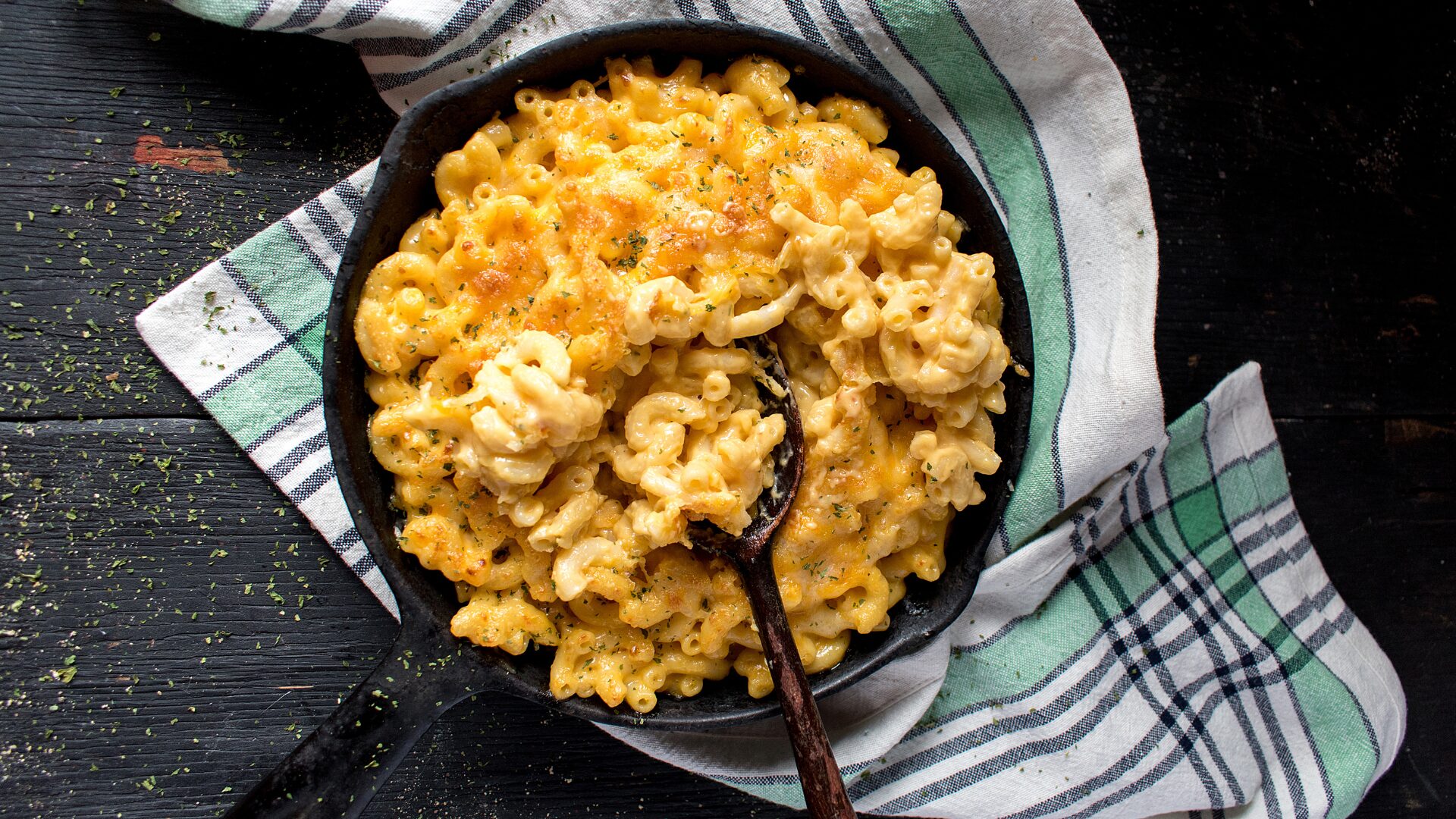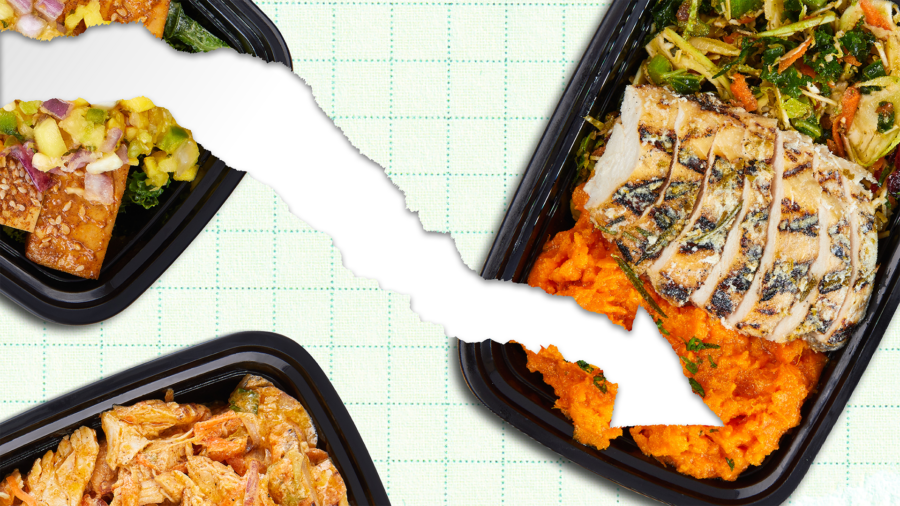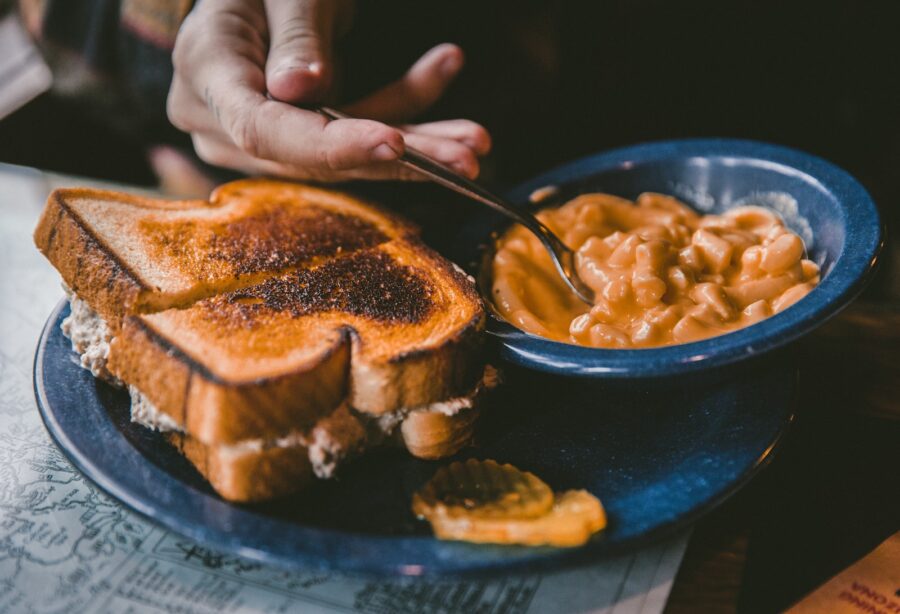Carolyn Haeler vividly recalls the most difficult six-month stretch of her life.
Twelve years ago, at the age of 31, Haeler’s hair was falling out. Her skin was drained of any color. Her stomach ached – endlessly.
“They thought I had HIV. I was so sick,” recalled Haeler, a former financial advisor and Yale graduate. “It started with off with minor symptoms, and then, all of a sudden … everything was failing. It dramatically impacted my immune system.”
Finally, over the Thanksgiving holiday in 2012 – after blood testing and an endoscopy – Haeler got her answer: she had celiac disease, meaning her days eating anything with gluten were over. Her small intestine had become hypersensitive to gluten, leading to difficulty digesting food.
“By the next day, my brother – who’s a former paramedic – was like ‘you (look) 100-percent better.’”
With that odyssey over, Haeler began another – one that led her to become the CEO of Mightylicious Bakery. She’s now a rather significant player in a gluten-free market that, according to Grand View Research, was worth $6.45 billion in 2022 and is projected to grow at a CAGR of 10% through the end of the decade.
Per verywellhealth.com, doctors estimate at least 6% of the U.S. population is gluten-sensitive, and some doctors feel that figure could be much higher.
Gluten-free’s Challenges
At the outset of her time leading Mightylicious, in 2017, Haeler spent every waking moment experimenting with gluten-free cookie recipes.
“I baked for 15 hours a day for six months, every single day,” the CEO told The Food Institute recently. “I was just completely obsessed.”
Unfortunately for those allergic to it, gluten is in just about everything that tastes good. Gluten – a protein predominantly found in wheat – is one of nine major food allergens most commonly recognized these days, along with milk, eggs, fish, shellfish, tree nuts, peanuts, soybeans, and sesame.
Through experimentation, Haeler eventually concluded that Mightylicious cookies should exclude ancient grains like amaranth and sorghum since those ingredients tend to leave an unpleasant aftertaste. Mightylicious’ ingredient lists also currently exclude chickpeas, as well, due to their “bad mouthfeel” and chalky taste, Haeler said.
The CEO’s Solutions
Even for manufacturers of healthier-for-your products, taste trumps virtually all else. Haeler tries not to lose sight of that when creating her brand’s various cookie flavors.
“We discovered that the most important ingredient is rice flour,” Mightylicious’s CEO said. “So, what we do is work directly with the mills to mill our flour to spec, so that you can actually bake with it. It smells, tastes, and feels, like a wheat product.”
Sourcing is a major challenge for brands like Mightylicious these days, considering multiple ingredients, like coconut, are hugely in demand, due in no small part to the popularity of the Keto diet. Gluten-free oats are also in short supply this year.
Yet, food brands focused on providing gluten-free products, in many cases, are growing.
Certified Success
Attaining a gluten-free certification is invaluable for growing brands like Mightylicious who hope to build trust with customers. Mightylicious works with a certifying agency to ensure its products meet allergen-free standards and are stored properly in a thoroughly sanitized facility.
Many competing brands use ingredients like artificial vanilla that, because of its caramel color, actually has gluten in it, Haeler said. She’s ever-vigilant to avoid sickening consumers.
After all, Haeler remembers – all too well – the crippling stomachaches she endured in 2012. She hopes to spare her gluten-sensitive customers from enduring similar issues.
“A lot of people don’t know,” the CEO said, “that it’s easy for gluten to accidentally get into a product that’s labeled gluten-free, especially if you have multiple ingredients.
“I want to make the best possible product I can,” Haeler added.
The Food Institute Podcast
From lattes to chicken sandwiches to desserts, it seems every restaurant is hopping on the limited-time offer (LTO) craze to drive traffic and check growth. But is this really having the desired effect? Datassential vice president of sales Megan Lynberg discusses the historical data on LTOs, popular LTO items, and other strategies companies are using to inspire growth.












